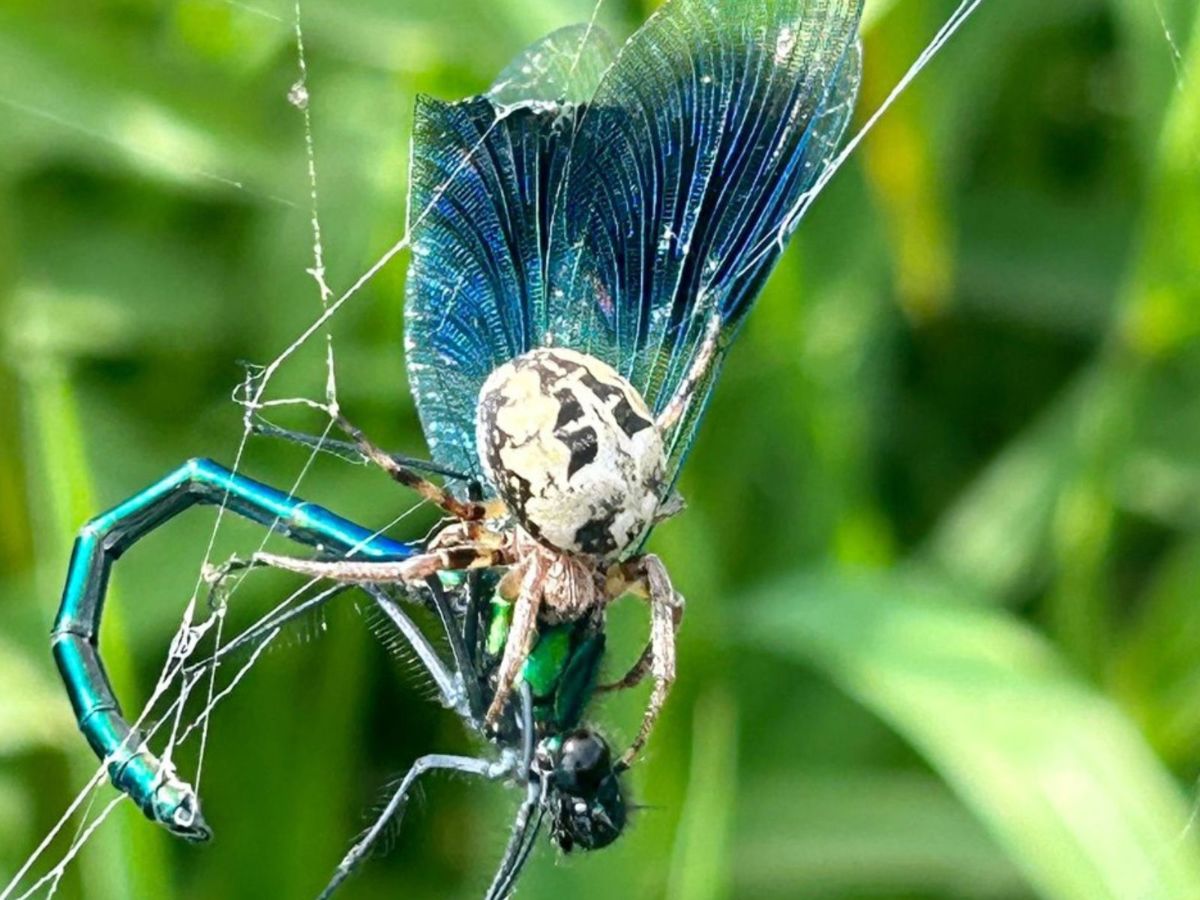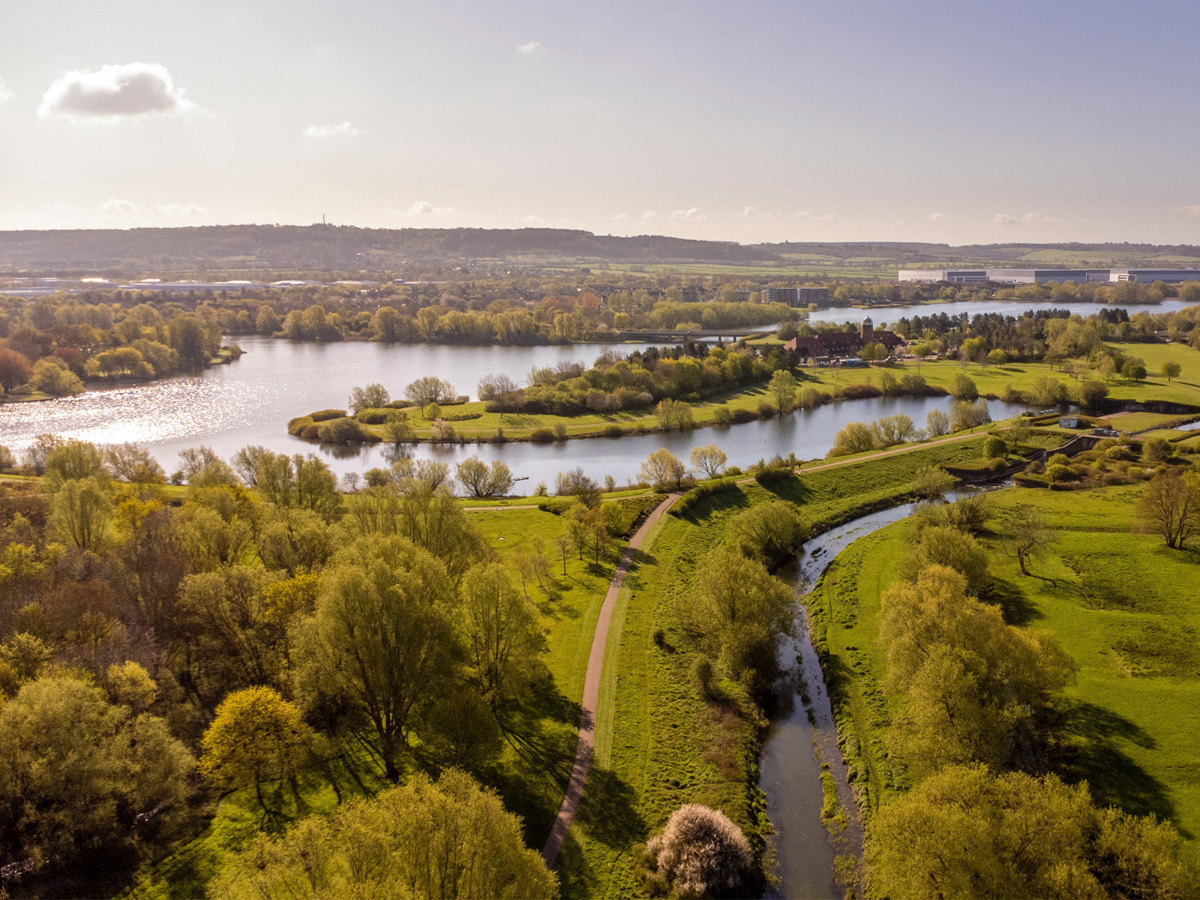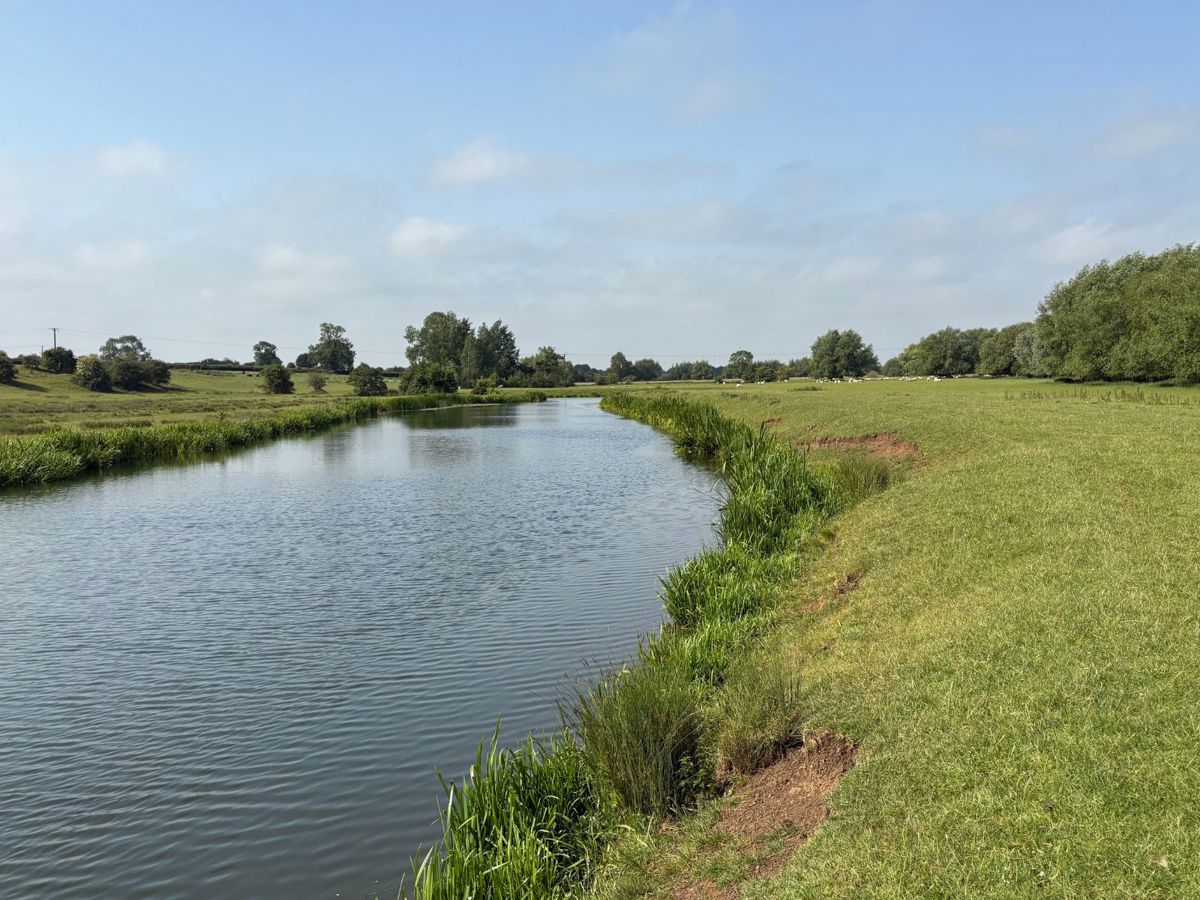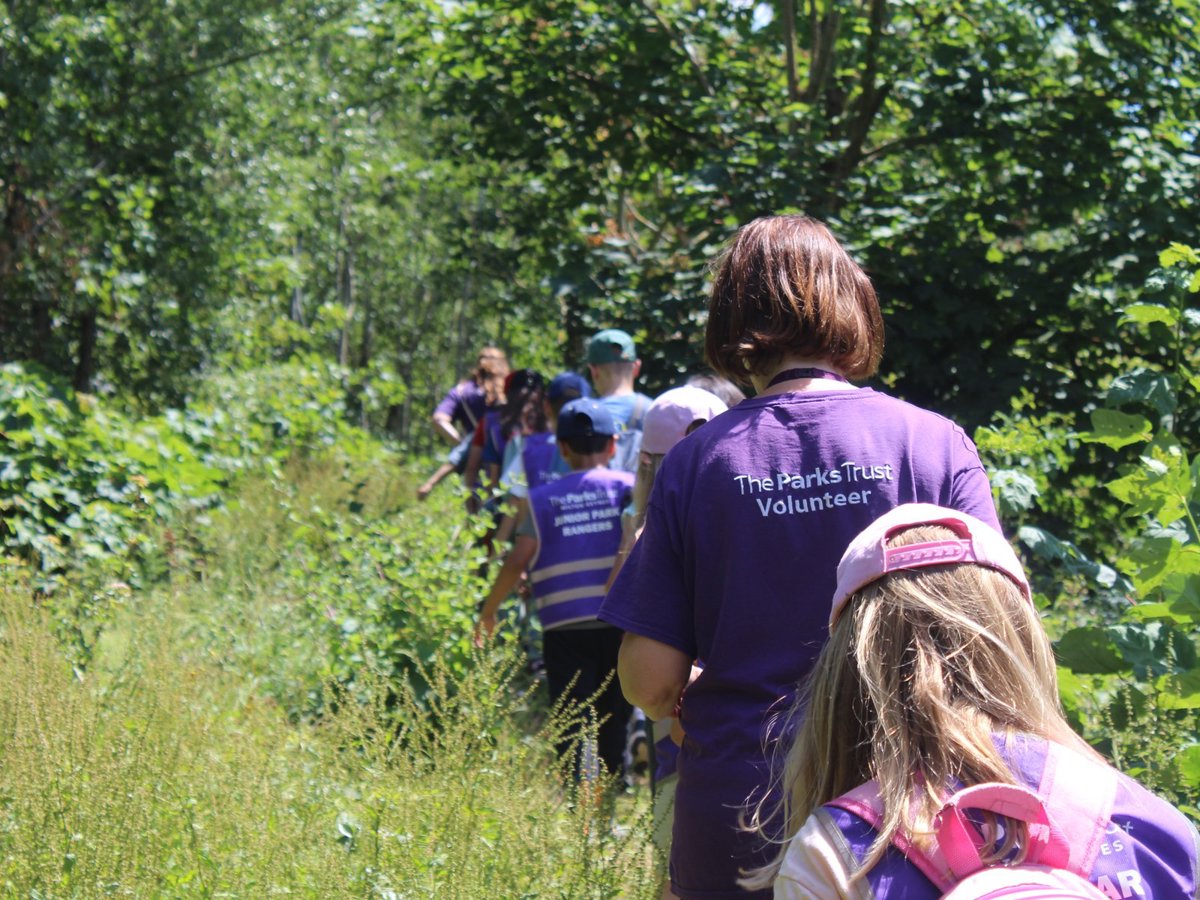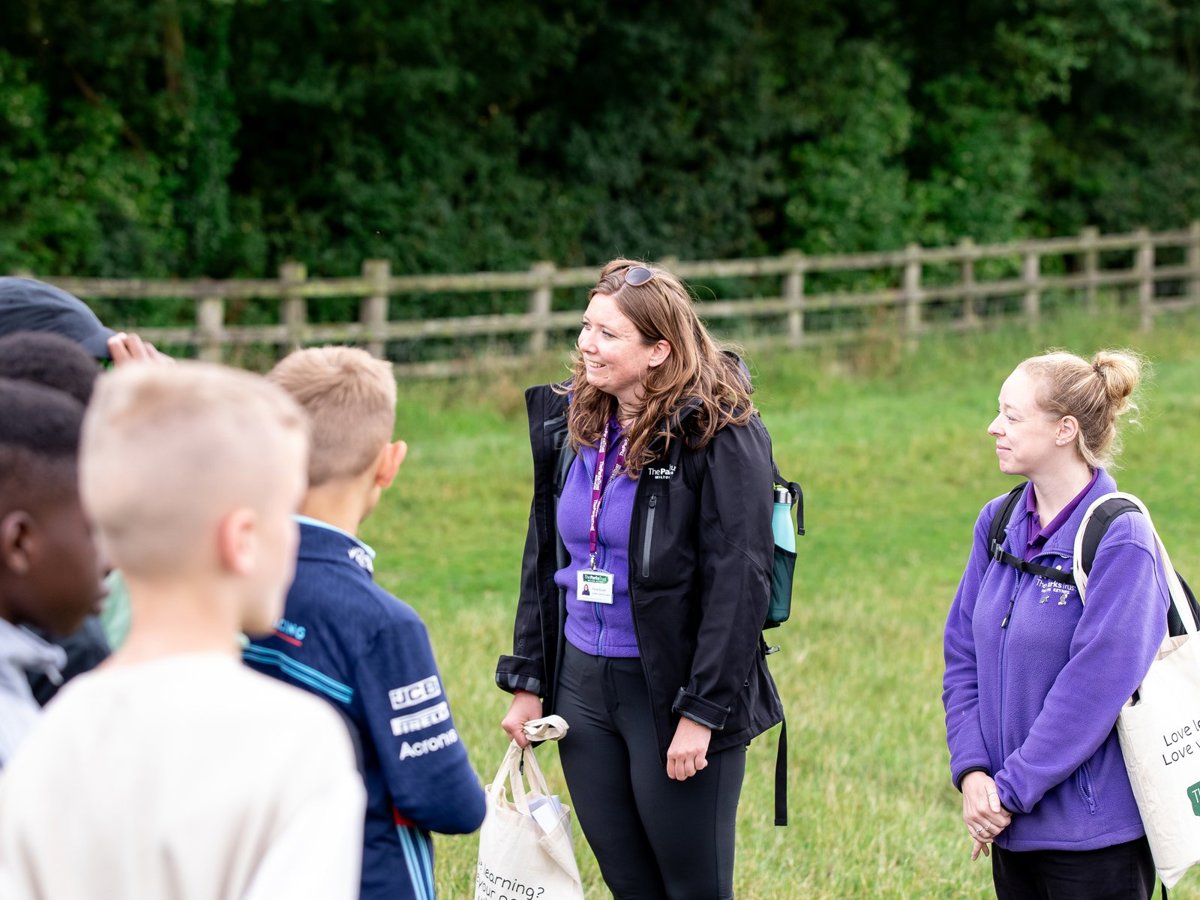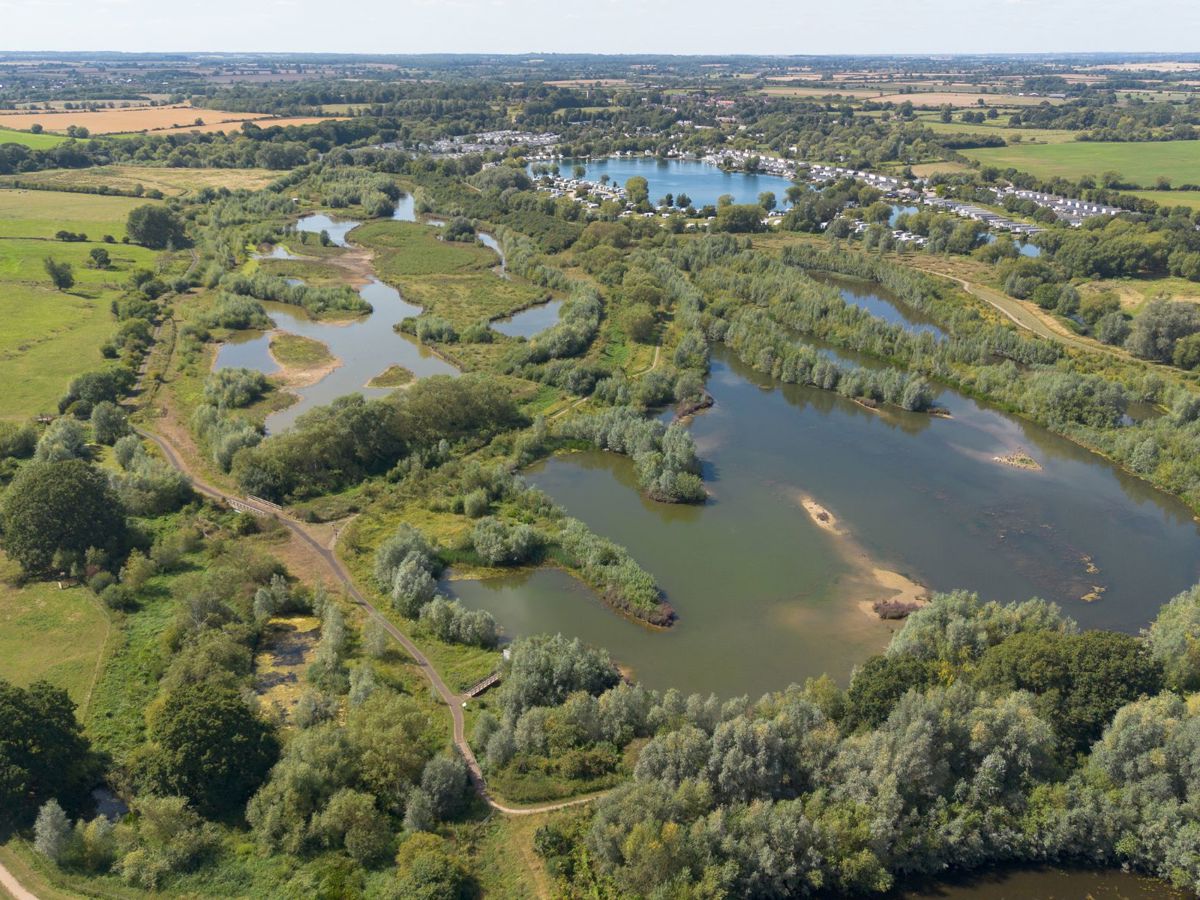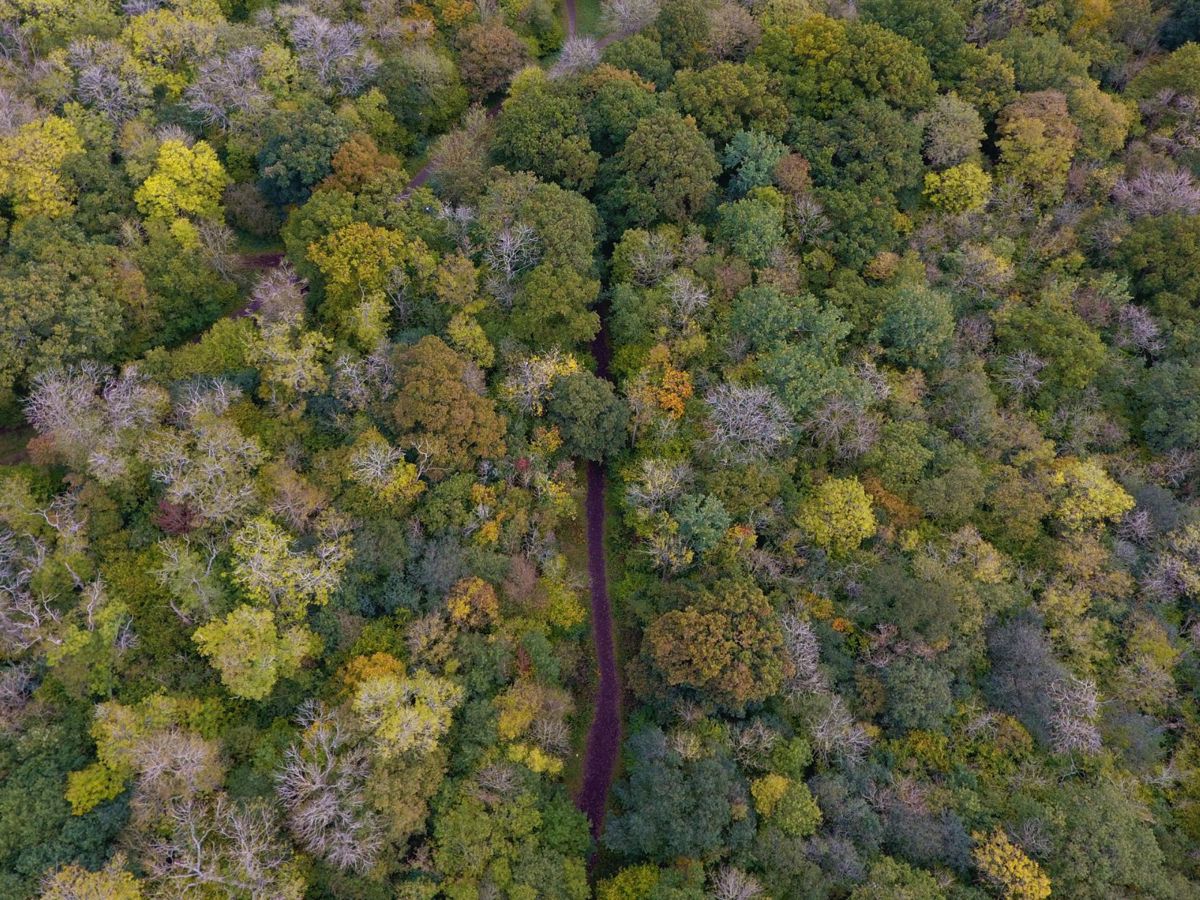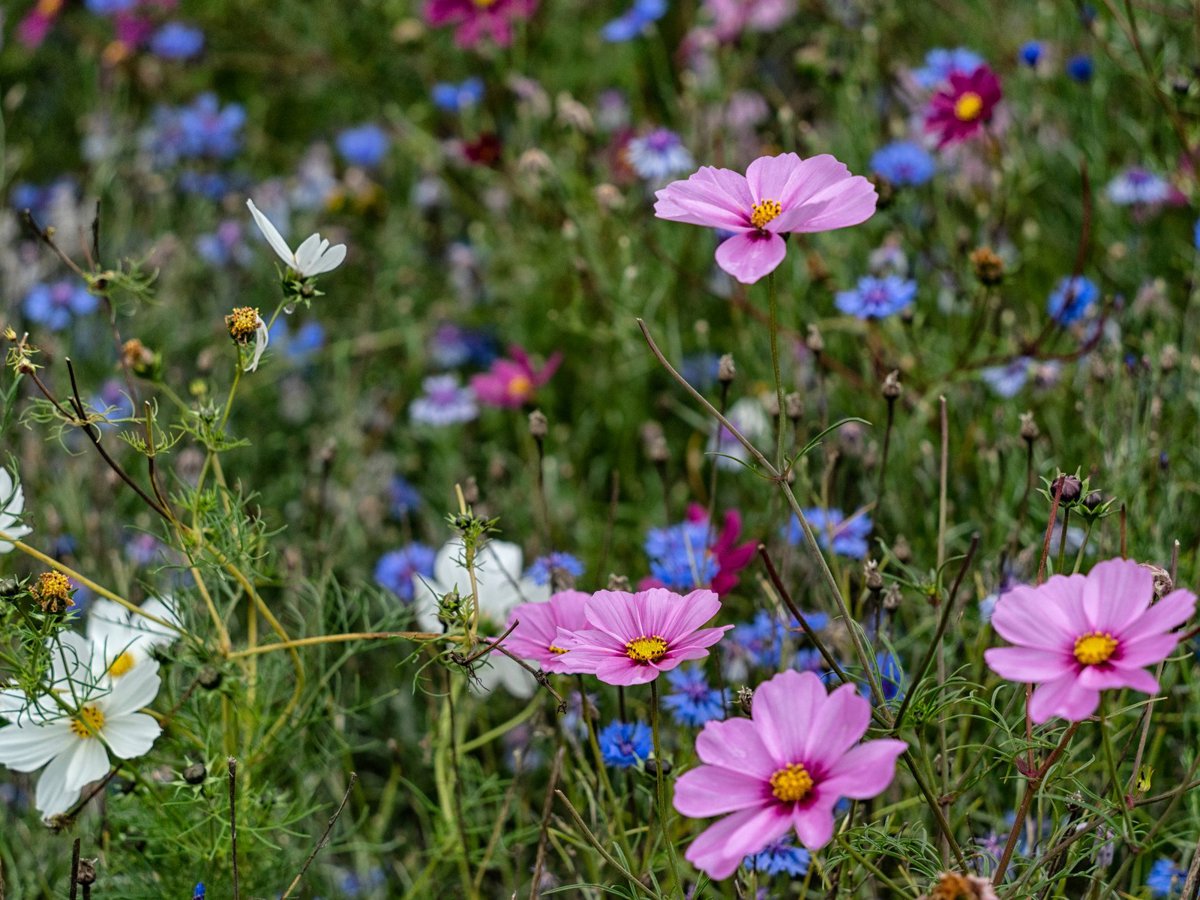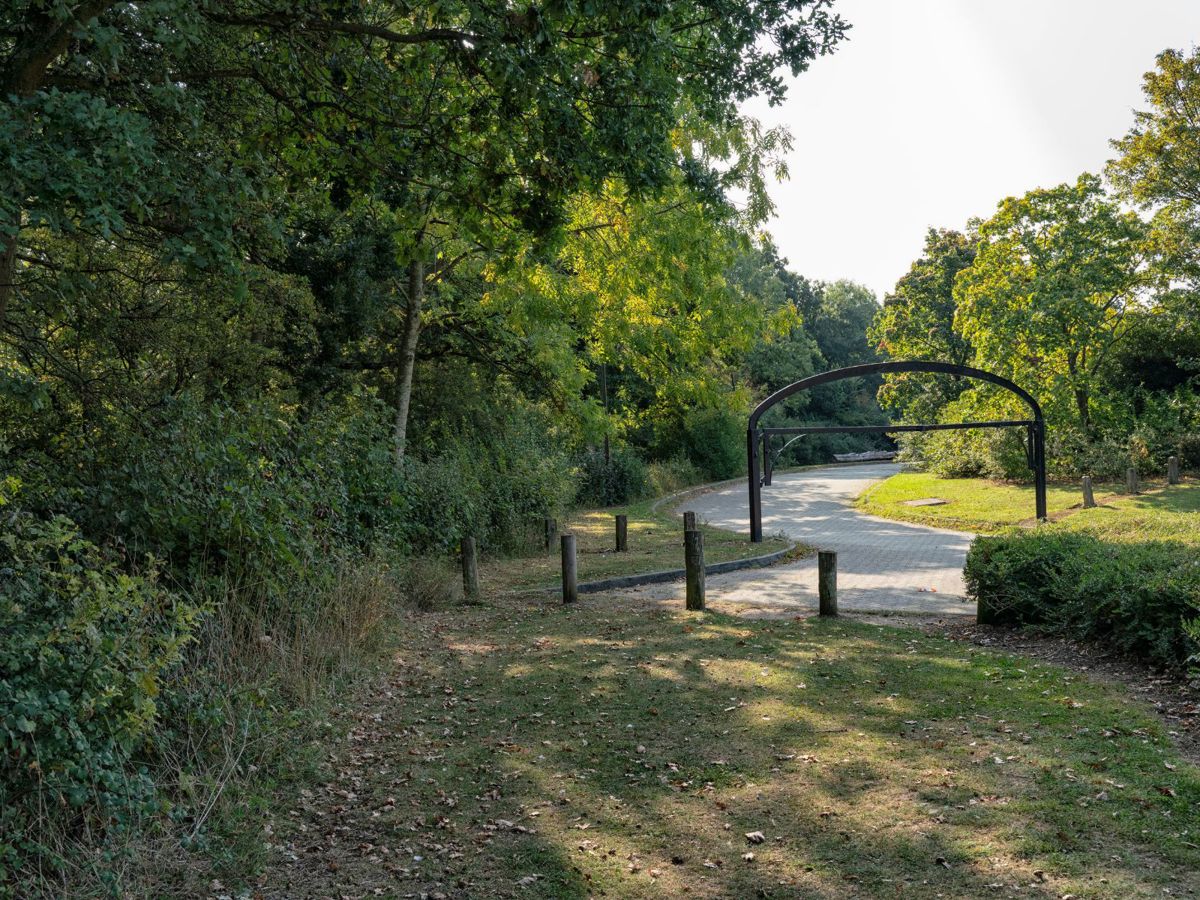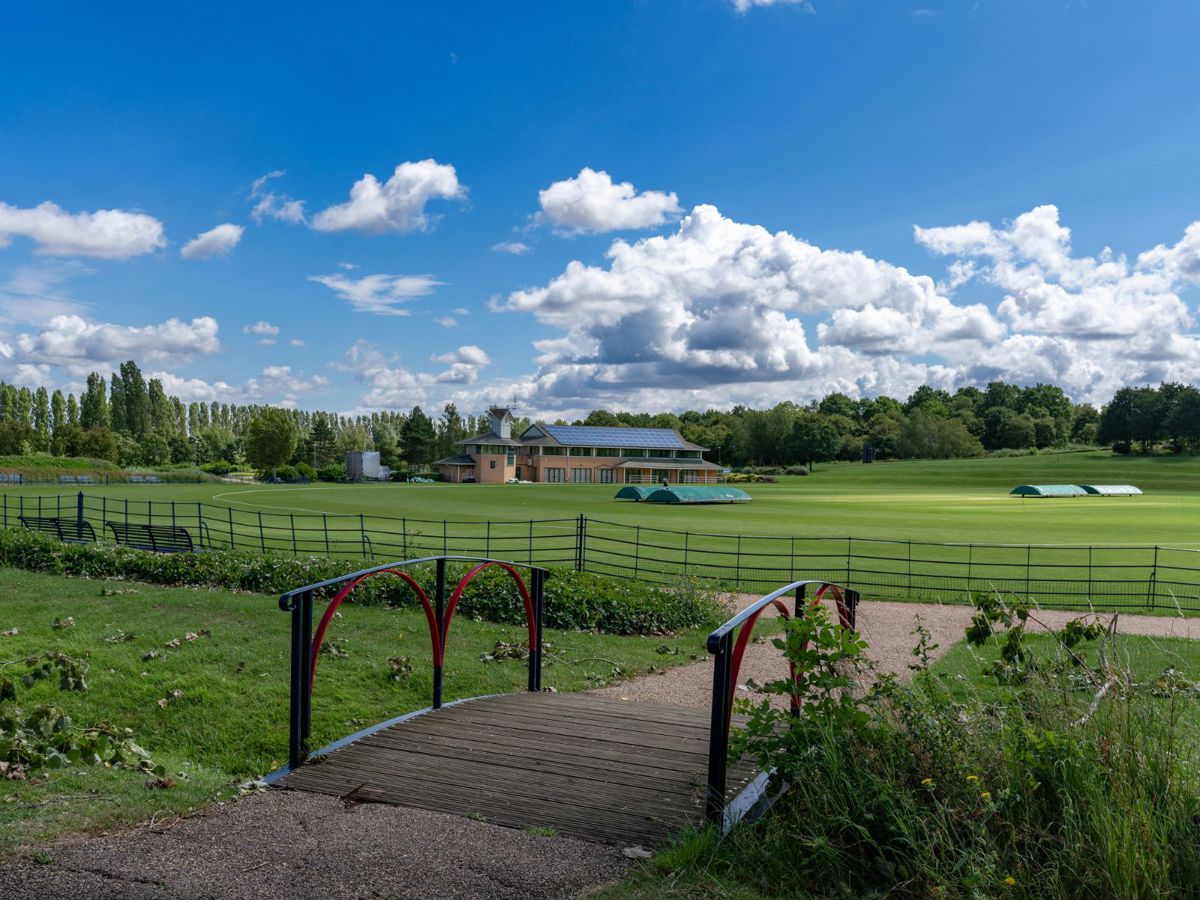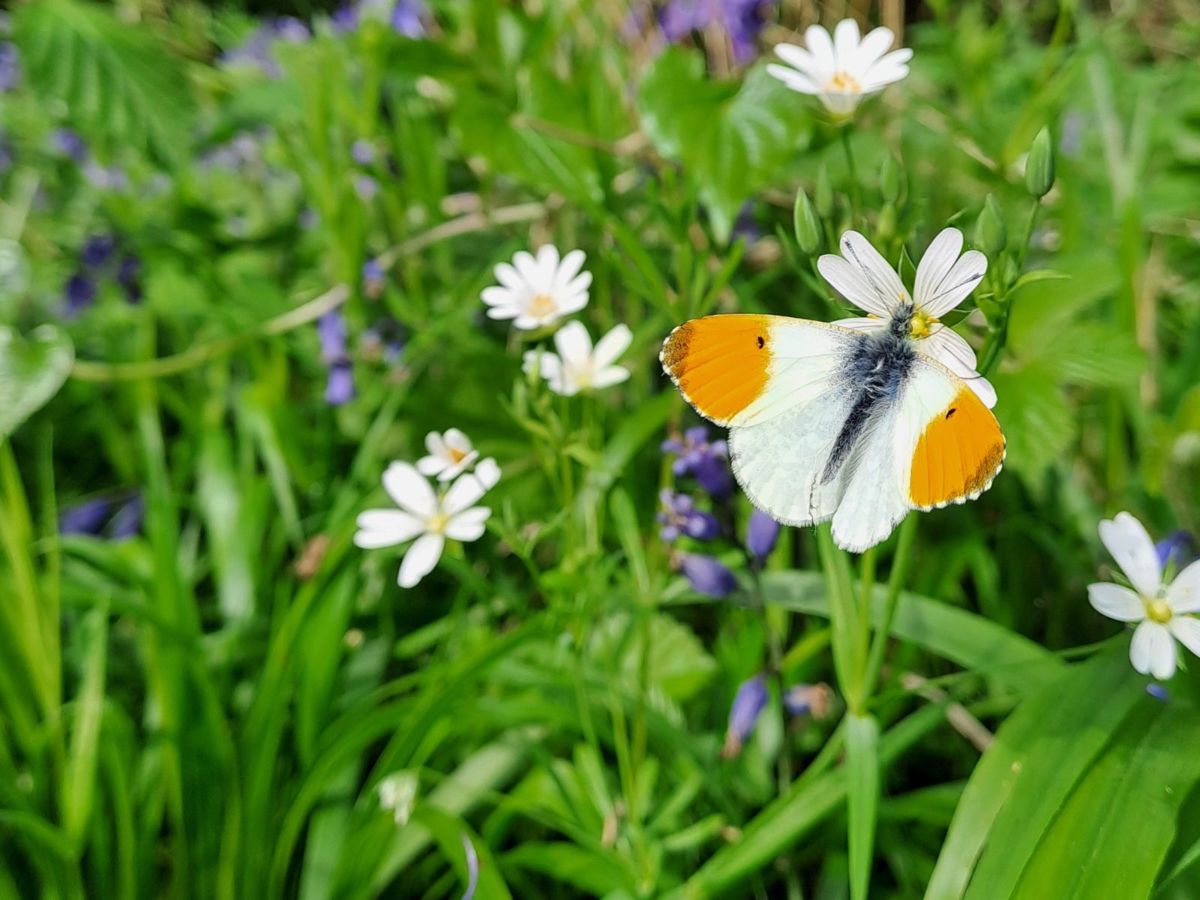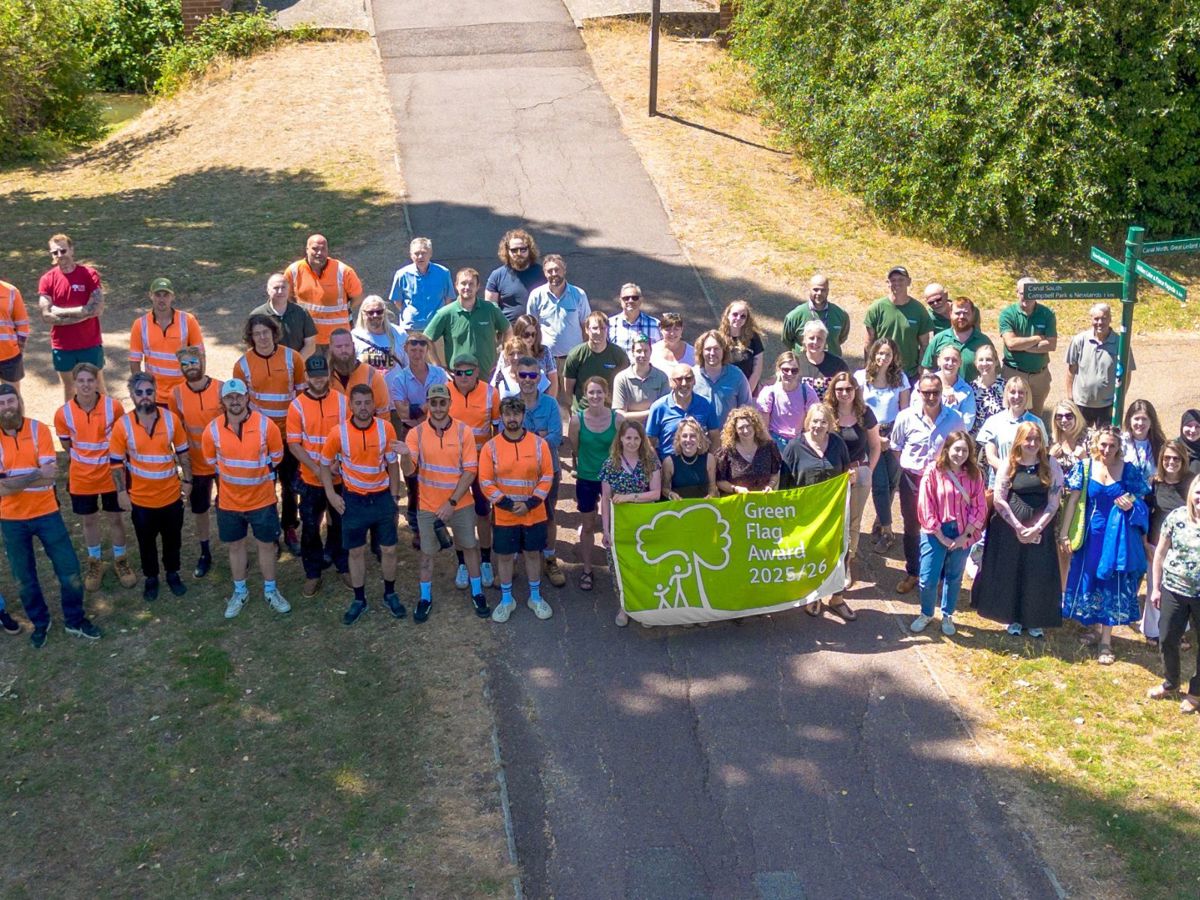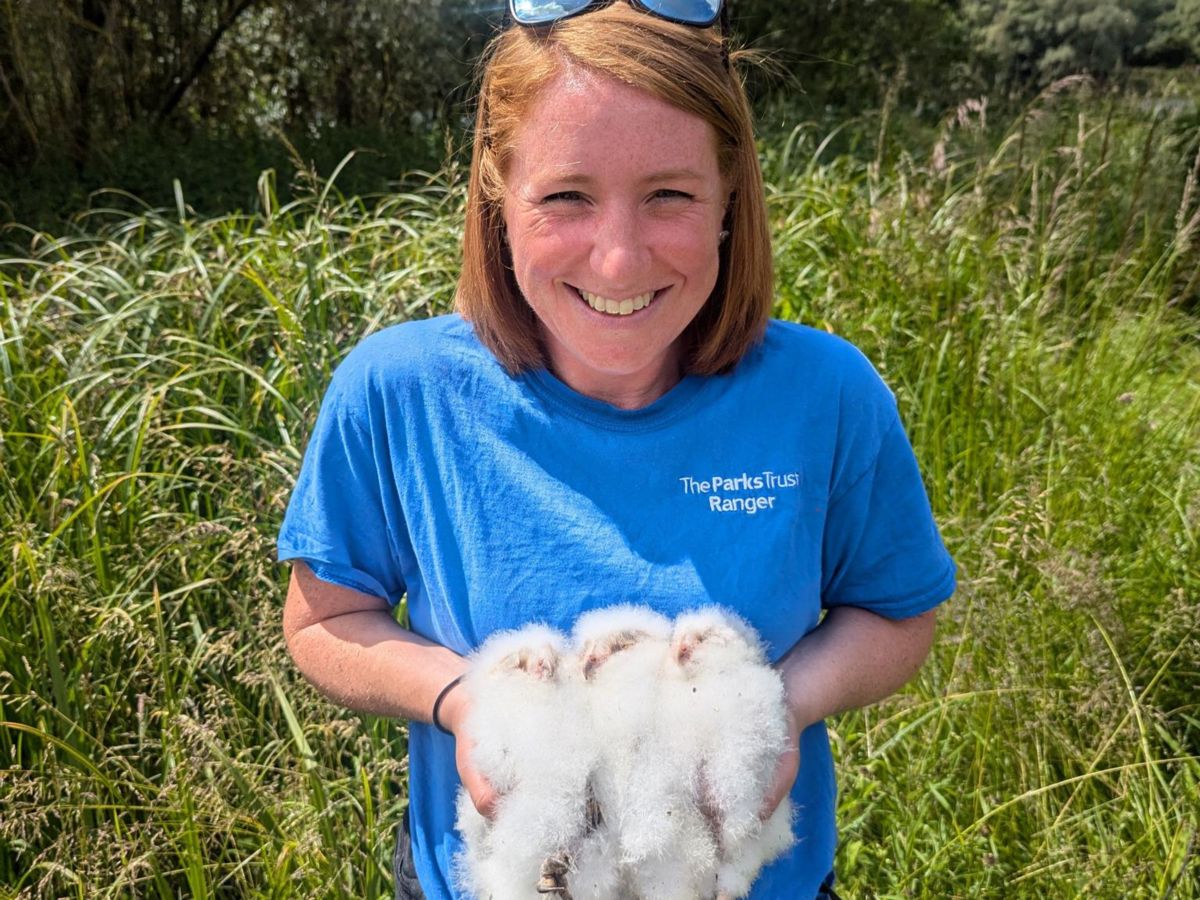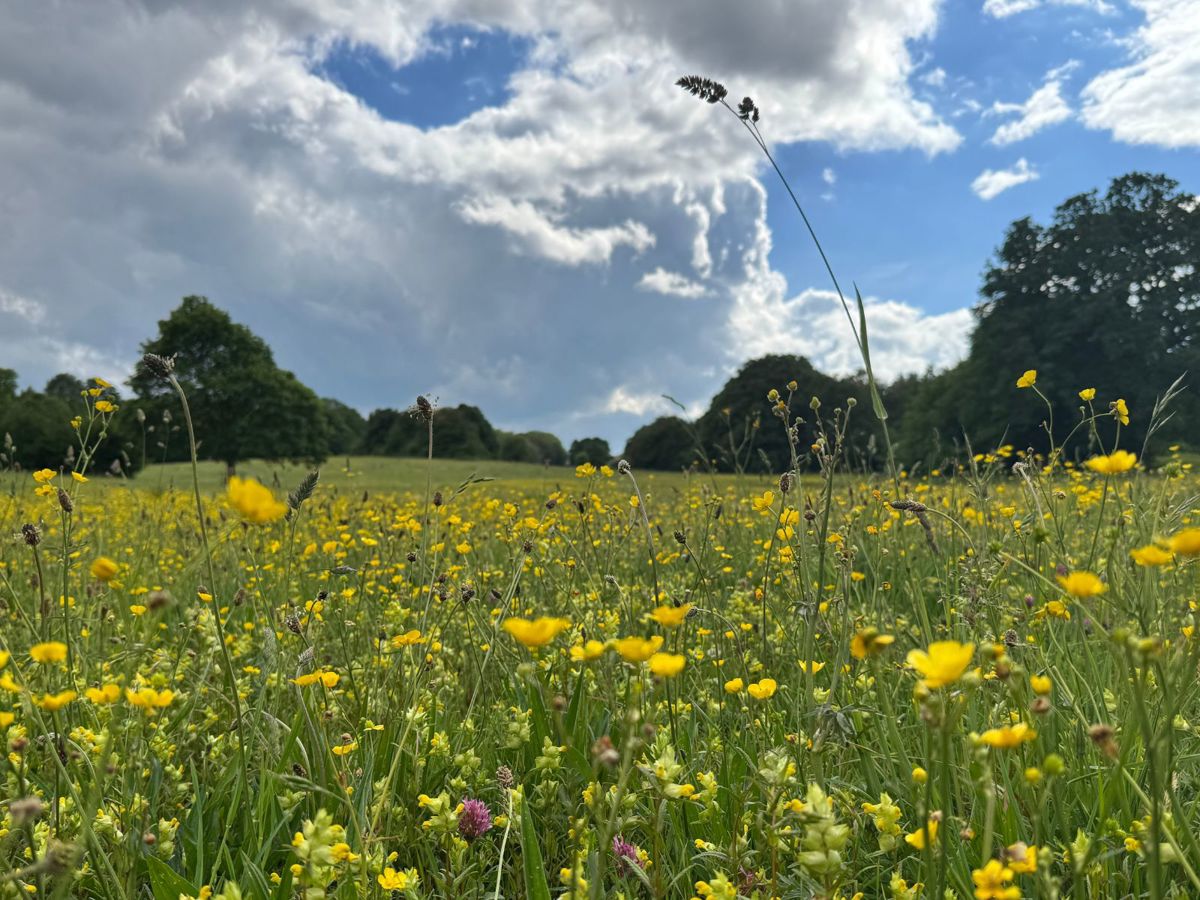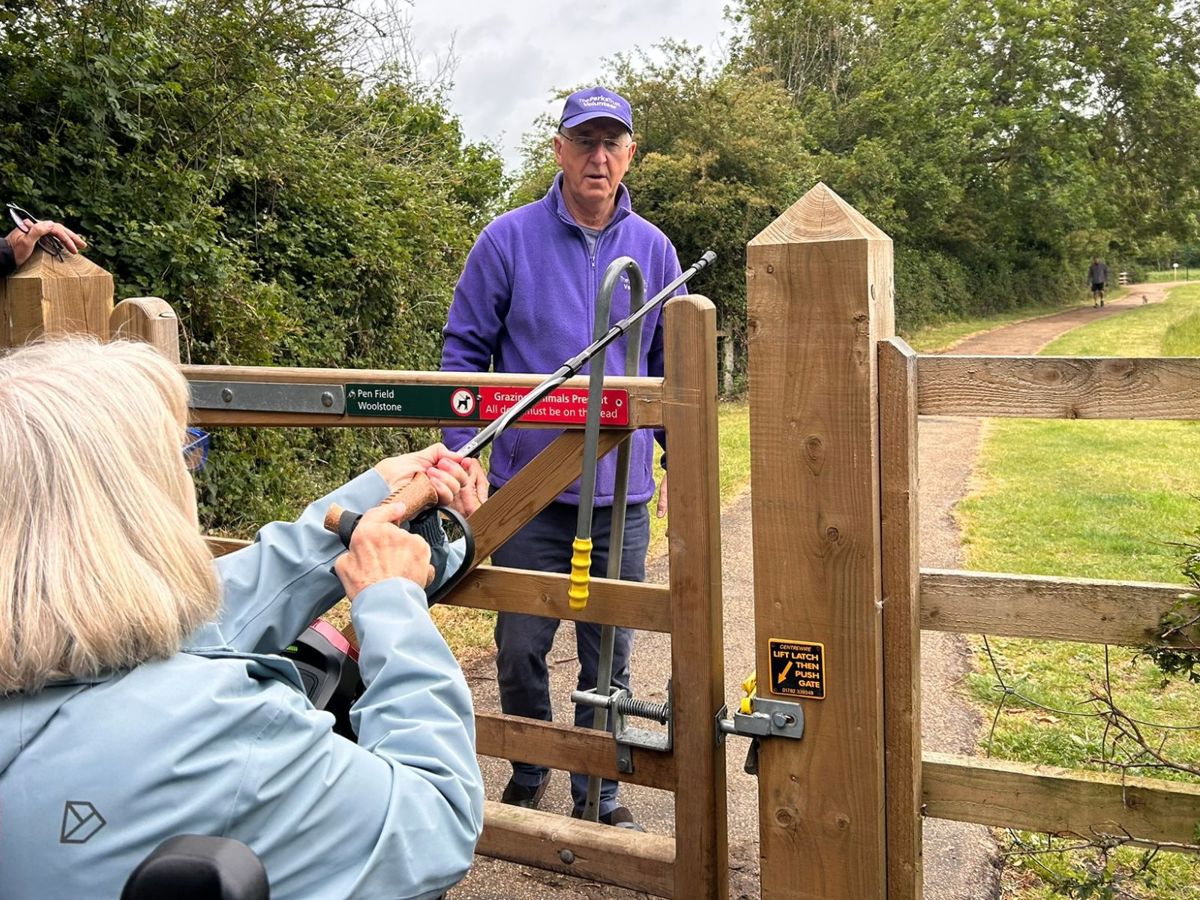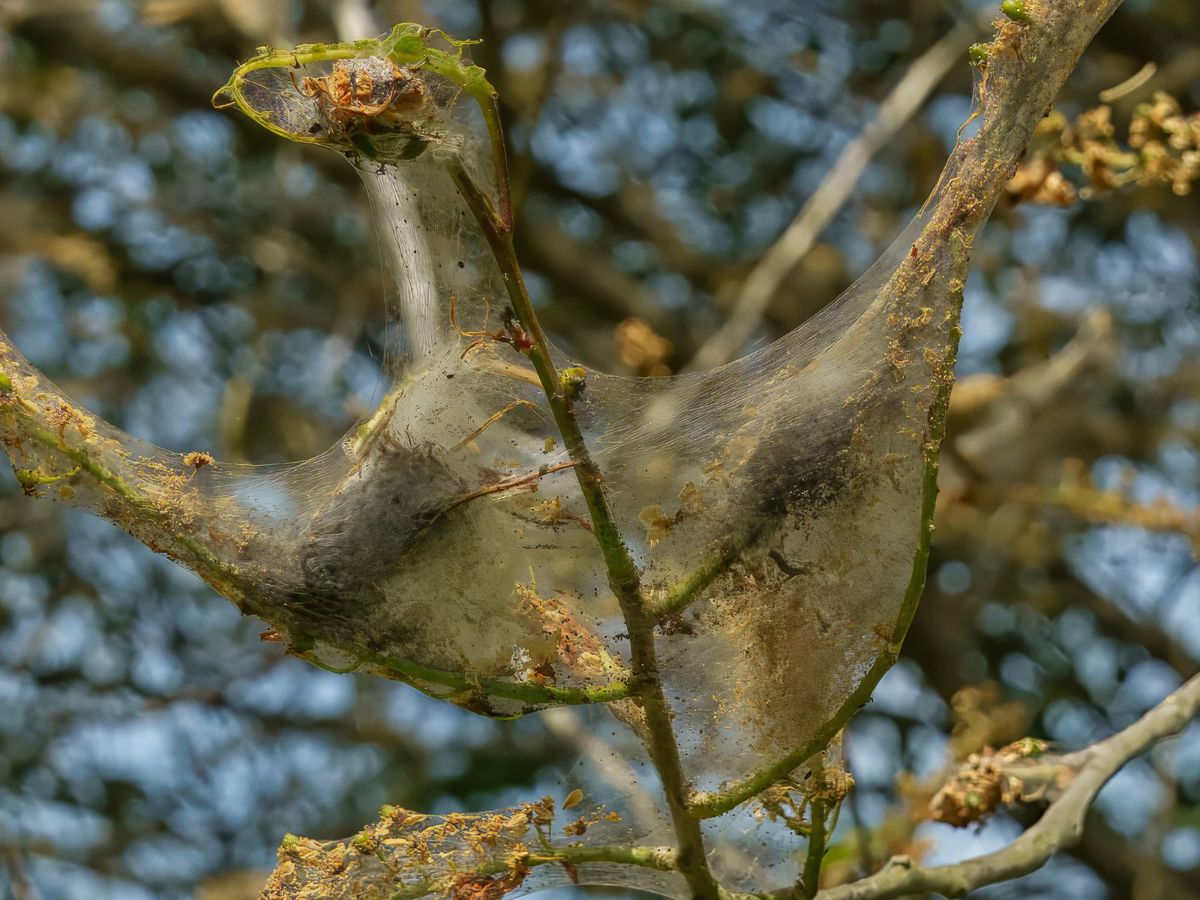
The eight-legged superheroes of the natural world
Published: 27/10/2025
There might not be a group of animals more misunderstood than spiders. Arachnophobia is often listed as one of the most common fears amongst people. However, the reality is that less than 0.1% of more than 50,000 spider species around the world can cause harm to humans. So, unless you're a fly there's nothing to be worried about!
Spiders are some of the most beneficial yet misunderstood creatures in our ecosystems. These silent predators play a vital role in maintaining balance in nature, contributing significantly to pest control, biodiversity, and even plant health.
Here’s some reasons why spiders deserve more appreciation, and how we can help support them.
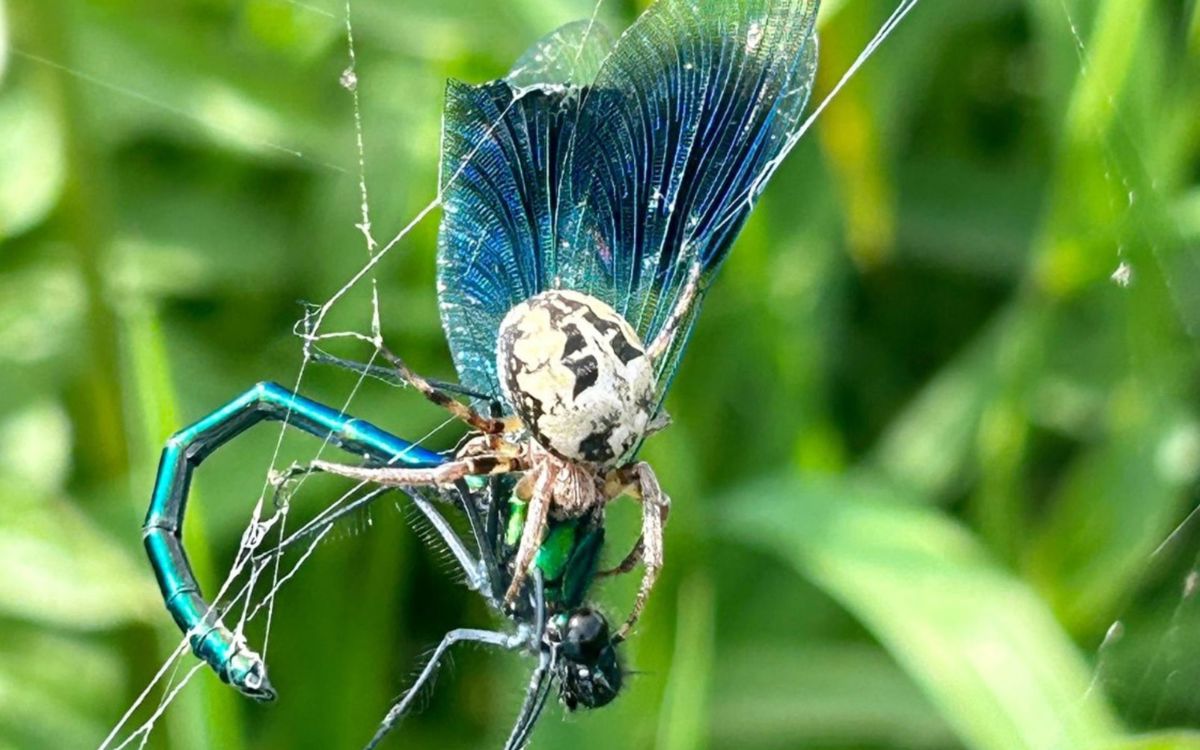
Natural pest control experts
One of the most valuable environmental services spiders provide is natural pest control. Most spiders are carnivorous and feed primarily on insects. In fact, researchers estimate that spiders kill 400–800 million tons of prey each year globally, the vast majority of which are insects. This includes mosquitoes, flies, aphids, moths, and other bugs that damage crops or spread disease.
In gardens and agricultural settings, spiders help reduce the need for chemical pesticides. They target a wide variety of pest species, often catching them before they become a problem.
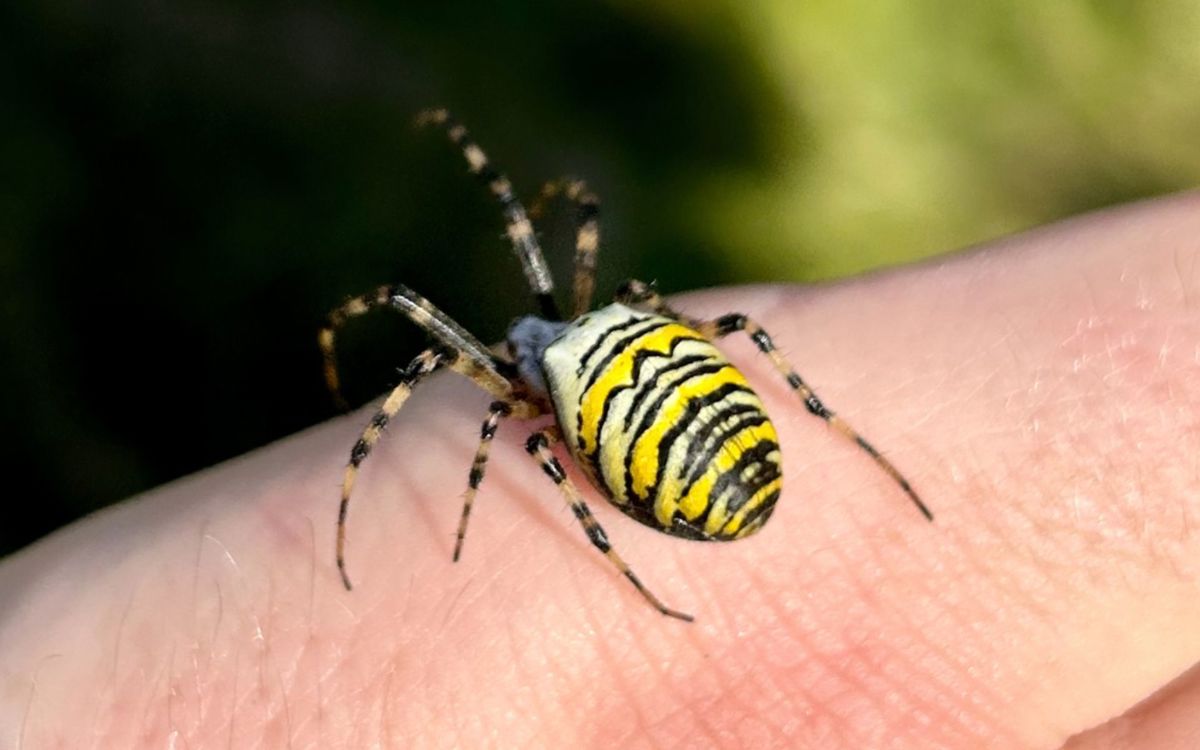
Promoting biodiversity and ecological balance
Spiders are a critical part of the food web. Not only are they predators, but they are also prey for many animals, including birds, reptiles, amphibians and bats. Their presence supports the survival of these species and contributes to a healthy, functioning ecosystem.
Moreover, because spiders are so diverse (there are over 52,000 known species), they occupy a range of ecological niches. From tree canopies to forest floors, meadows, and freshwater habitats, spiders have adapted to thrive almost everywhere. Their presence indicates a healthy ecosystem, and their decline can be a red flag that something in the environment is off balance.
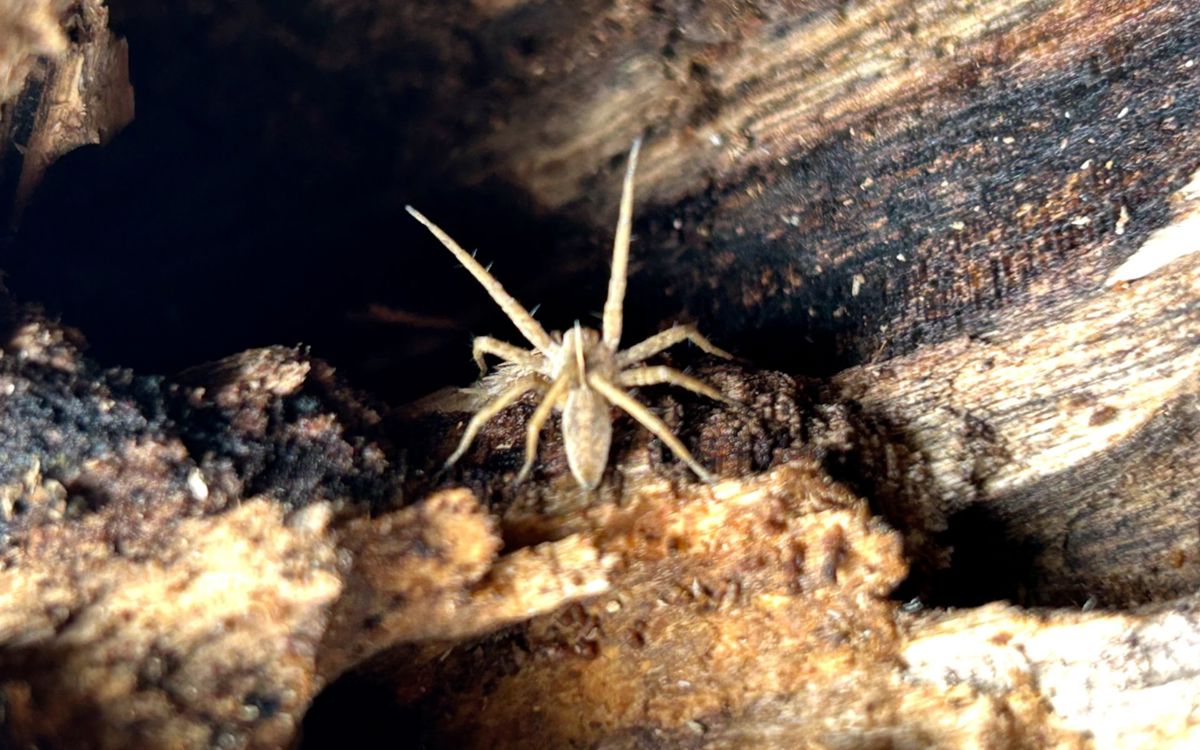
Indirect benefits to plants and pollinators
While spiders are not pollinators themselves, their pest control efforts help protect pollinating insects. By feeding on parasitic or predatory insects, spiders indirectly support pollination and plant reproduction. Fewer plant-damaging pests mean stronger crops and healthier wild plants, both of which are foundational to food chains and human agriculture.
Some studies even show that the presence of spiders can alter insect behaviour. Pests avoid areas where spiders are active, reducing the likelihood of crop damage even if they’re not directly eaten.
How we can help spiders thrive
Despite their benefits, spiders face several threats, mostly due to human activity. Habitat loss, pesticide use, pollution, and fear-driven extermination are all contributing to spider population declines. Here are a few simple steps we can take to support spiders in our environment:
- Ditch the pesticides
Avoid using chemical pesticides and insecticides in your garden or around your home. These chemicals not only kill pests but also harm beneficial predators like spiders. Consider using natural pest control methods instead and let spiders do some of the work for you. - Create spider-friendly spaces
Provide natural habitats in your garden where spiders can live undisturbed. Rock piles, leaf litter, shrubs, and native plants create shelter and hunting grounds. You can even leave spider webs undisturbed in corners of sheds or around your garden - they’re signs of a healthy, balanced ecosystem. - Educate, don’t eradicate
Spiders are often killed out of fear or misunderstanding. Educating yourself and others about their role in the environment can help shift perspectives. Most house spiders are harmless, and simply catching and releasing them outside is a better alternative to killing them. Remember they are very fragile, never throw them as this will also kill them. - Turn off the lights
Outdoor lights attract flying insects which, in turn, attract spiders. While this might seem like a good thing, it disrupts natural hunting behaviours and can concentrate spider populations unnaturally. Turning off unnecessary lights at night can help maintain ecological balance.
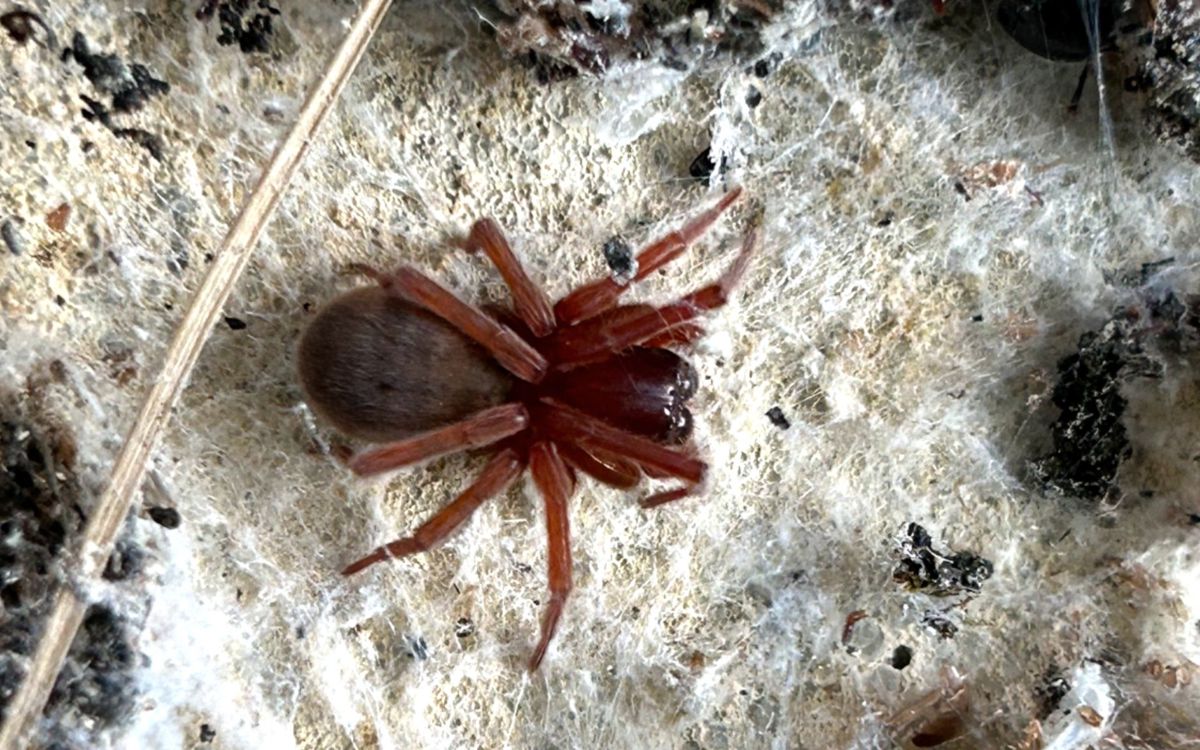
Spiders on our doorstep
Milton Keynes, like much of southern England, is home to a wide variety of spider species that thrive in both urban and natural habitats. Commonly found species include the Noble False Widow (Steatoda nobilis), often spotted in homes and sheds, and the Common House Spider (Eratigena species), which tends to appear in autumn as males search for mates.
In gardens and green spaces, Garden Spiders (Araneus diadematus) are easily recognized by their large orb-shaped webs and distinctive cross markings, Nursery Web Spider (Pisaura mirabilis) are a larger spider often seen sunbathing in meadows or on shrubs, easily identifiable by their outstretched legs and thick web nests.
Smaller species like Money Spiders (Lepthyphantes sp) and Zebra Jumping Spiders (Salticus scenicus) are also widespread, with the latter frequently seen darting along fences and windowsills. Less commonly, Woodlouse Spiders (Dysdera crocata) may be found in damp, dark places such as compost heaps.
Spiders may not be the most cuddly or charismatic creatures, but they’re essential to our environment. They quietly protect our crops, reduce disease-spreading insects, and support biodiversity. By learning to live alongside them — and maybe even appreciate their beauty — we can do our part to protect these incredible predators.
Next time you see a spider in your home or garden, consider giving it a second chance. Rather than causing them harm, take a moment to observe and appreciate these misunderstood animals.
Thank you to Dexter Smith for providing the content and photos for this blog.



